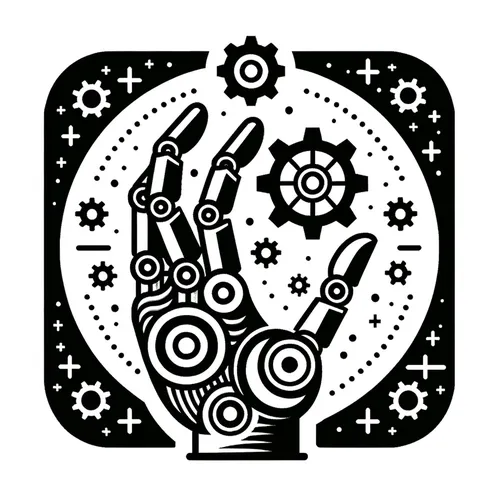AI Robots Invade Factories: Efficiency Skyrockets, Jobs in Jeopardy?
- Author
- Quiet. Please
- Published
- Fri 20 Jun 2025
- Episode Link
- https://www.spreaker.com/episode/ai-robots-invade-factories-efficiency-skyrockets-jobs-in-jeopardy--66647535
This is you Robotics Industry Insider: AI & Automation News podcast.
The robotics and automation industries are experiencing a transformative wave as artificial intelligence becomes deeply woven into industrial robots, collaborative systems, and automation platforms. The global robotics market is on a meteoric rise, projected to surge from about 65 billion dollars today to nearly 376 billion dollars by 2035, with artificial intelligence driving much of this growth. Industrial automation, meanwhile, is estimated at over 256 billion dollars in 2025 and is forecast to more than double by 2034. This momentum reflects a relentless drive toward higher productivity and efficiency on factory floors worldwide.
Recent technology breakthroughs were in full display at Europe’s Automatica and ProMat 2025 in Chicago. Companies like Comau are debuting compact, easily integrable industrial robots and new autonomous mobile platforms for agile logistics. Fox Robotics has released the FoxBot Mk3, a fully autonomous forklift now capable of loading trailers and integrating seamlessly with warehouse management systems, while FANUC America is demonstrating advanced robot arms for order fulfillment and full-layer depalletizing. Rockwell Automation’s investment in RightHand Robotics will enable more straightforward system integration of advanced AI-powered picking solutions across various industries.
Artificial intelligence is fundamentally altering industrial automation. AI-equipped robots now perform complex assembly and inspection tasks, analyze sensor data to spot potential equipment failures, and optimize logistics in real time. Warehouse automation is being revolutionized through collaborations such as Photoneo and Jacobi Robotics, which are showcasing 3D vision and machine learning for precise, efficient piece-picking, and Kardex’s CarouselAI, which streamlines item selection and inventory management. Industrial sectors—from automotive to heavy industry—are implementing these smart machines to reduce manual labor, address workforce aging, and achieve higher consistency and safety in operations.
Recent figures reveal that Europe installed 23,000 new industrial robots in 2024, the second-highest yearly tally in five years, emphasizing automation as a crucial lever for manufacturing strength. Notably, market research points out that manufacturers are keen to adopt more robots, but many are only at the early stages of recognizing AI’s full potential for transforming operations.
For business leaders and engineers, the practical takeaways are clear. Examine your automation roadmap for opportunities to deploy collaborative robots or AI-enhanced systems that not only reduce costs but also open new avenues for workforce upskilling. Track industry partnerships, as these often signal the next leap in interoperability and system intelligence.
Looking ahead, the future of robotics in industry promises even tighter human-robot collaboration, large-scale deployments of smart automation, and the rise of platforms that can learn and adapt in real time—ushering in an era where efficiency, safety, and flexibility define the next generation of industrial operations.
For more http://www.quietplease.ai
Get the best deals https://amzn.to/3ODvOta
